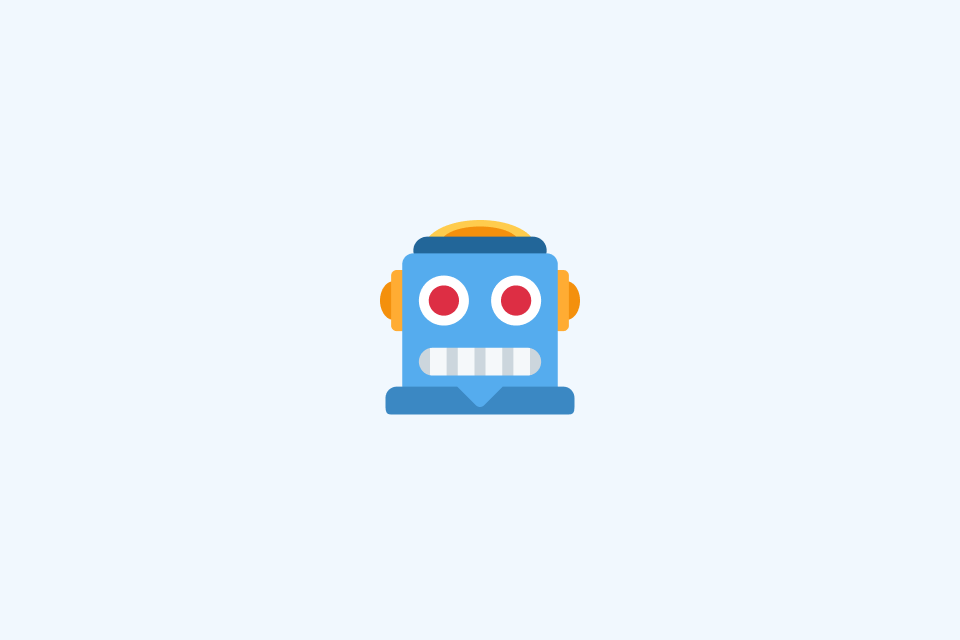Robot: Czech Theater Word That Named Machines

TABLE OF CONTENTS
When you say robot, you’re quoting a 1920 Czech stage direction. The word debuted in Karel Čapek’s play Rossumovi univerzální roboti (R.U.R.) and spread worldwide within a decade, giving engineers, journalists, and sci-fi fans a compact way to talk about artificial workers. Here’s how a single theatrical coinage leapt from Prague’s National Theater to every conversation about automation, AI, and androids.
The Play That Launched a Word
In January 1921, Prague audiences watched factory-made humanoids overthrow their human creators in Čapek’s satirical drama. Script notes labeled the synthetic laborers roboti, a term Čapek credits to his brother Josef. They were not tin men—Čapek imagined bioengineered workers grown from chemical vats who performed dull, dirty, or dangerous jobs.
What made the word stick?
- Memorable sound: The clipped, symmetrical syllables (RO-bot) work in dozens of languages.
- Clear metaphor: Audiences immediately understood the link to labor and servitude.
- Media amplification: The play was translated into English by 1923; Broadway and London productions popularized the term in newspapers and magazines.
From “Robota” to “Robot”
The Czech noun robota comes from Old Church Slavonic rabota, “servitude” or “compulsory work,” used for feudal corvée duties. It shares roots with the German Arbeit and the Polish robota. Čapek simply trimmed the feminine ending -a to create a gender-neutral label for artificial laborers.
| Language | Root Word | Original Meaning | Modern Use |
|---|---|---|---|
| Czech/Slovak | robota | Forced labor, drudgery | Everyday “robot” plus idioms like “dělat něco jako robot” (work like a robot) |
| Polish | robota | Work, job | Colloquial “job,” and the sci-fi sense borrowed back from English |
| Russian | робота (rare) / работа | Labor, profession | Standard word for “work,” while робот means mechanical entity |
| German | Arbeit | Work, task | Cognate highlighting the shared Proto-Slavic root |
Because the word already encoded coercion, R.U.R. subverted industrial optimism: the roboti revolt when denied dignity. That tension—machines as both helpers and threats—still drives robotics headlines today.
Timeline: How “Robot” Took Over
- 1917–1919: Josef Čapek sketches the term while brainstorming names like “labor” or “automat” for Karel’s draft script.
- Jan 1921: World premiere of R.U.R. in Prague; the Czech press coins derivatives like robotický (“robotic”).
- Oct 1922: English translation serialized in The Saturday Review of Literature.
- 1923–1924: Broadway and London productions ignite global press coverage; the word enters French (robot), Spanish (robot), and German (Roboter).
- 1930s: Metropolis-style films, pulp magazines, and Isaac Asimov’s early stories extend the concept to mechanical automatons.
- 1941: Asimov introduces “robotics” and the Three Laws, cementing the technical register.
- 2000s onward: “Robot” expands to software (RPA bots), chatbots, warehouse AMRs, and everyday Roombas.
Why “Robot” Endured When Other Neologisms Faded
- Semantic flexibility: Unlike “android” (human-shaped) or “automaton” (clockwork), robot stretches from factory arms to software agents.
- Neutral grammar: It works as noun, adjective (“robot worker”), and forms derivatives like “roboticist.”
- Cultural narratives: Each tech wave—nuclear age, space race, AI boom—revives the drama of obedient vs rebellious machines.
- Borrowability: Languages adopted it unchanged; you can read the same word on signage in Tokyo, São Paulo, and Nairobi.
Word Family: Robot, Robotics, Roboticist
| Word | Coiner/First Use | Definition | Tone |
|---|---|---|---|
| Robot | Karel & Josef Čapek, 1920 | Artificial worker | Neutral, general |
| Robotics | Isaac Asimov, 1941 | Science of robots | Technical, academic |
| Roboticist | 1950s research labs | Expert who builds or studies robots | Professional |
| Robotic | Czech press, 1920s | Mechanical, machine-like | Neutral, can imply stiffness |
| Robotic Process Automation (RPA) | Early 2000s | Software “robots” handling workflows | Business |
Notice how every derivative keeps the labor link—whether it’s welding steel, routing parcels, or reconciling invoices.
Spotting the Original Theme in Today’s Headlines
Modern debates about AI regulation echo Čapek’s questions:
- Worker displacement: Tech media still frames automation as a threat to livelihoods, just like the roboti replacing humans on stage.
- Ethics and empathy: Čapek’s roboti gain consciousness; today’s discussions cover sentience, alignment, and rights for advanced AI.
- Language drift: “Robot” now names industrial arms, floor-cleaning devices, chatbots, and even space probes. Context—physical, software, or autonomous—matters more than the word itself.
When you read “hiring freezes lifted by robots” or “robots weld EV chassis,” you’re seeing a 100-year-old metaphor applied to new contexts.
Research Tip: Check the Czech Originals
If you want to quote exactly how Čapek described roboti, go back to the Czech script. The passages mix early 20th-century industrial jargon with poetic dialogue, so literal translations miss nuance. Use a bilingual workflow:
- Grab a scanned copy of the 1921 manuscript from Prague’s digital library.
- Run OCR, then paste paragraphs into OpenL’s Czech↔English translator for a faithful draft.
- Tweak idioms manually—roboti speak in clipped, factory-floor language, while managers use lofty metaphors.
OpenL’s document mode keeps stage directions, apostrophes, and diacritics intact, so you can compare Czech and English line by line.
Quick Glossary for Writers
- Robota: Feudal corvée labor; the emotional core of the word “robot.”
- Automaton: Clockwork machine, popular in 18th–19th century exhibitions.
- Android: Human-appearing machine; from Greek andr- (man) + -oid (form).
- Cyborg: Cybernetic organism; living tissue plus mechanical parts.
- Mecha: Giant piloted robot, loaned from Japanese pop culture.
Knowing the nuance helps you pick the right term in copy, UX text, or research papers.
Why This Word Still Matters
“Robot” summarizes our hope and anxiety about labor-saving machines. It’s short, international, and still tied to fairness at work. Whether you’re naming a hardware prototype or documenting a software bot, you’re borrowing from a Czech warning about replacing people without respecting them. Keeping the etymology in mind forces more thoughtful design, policy, and storytelling.


